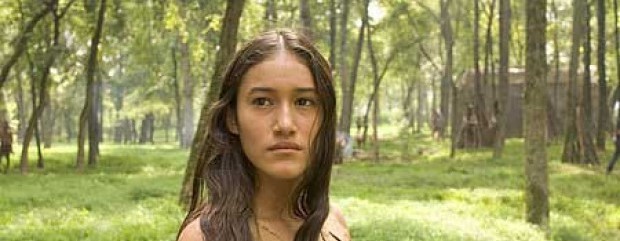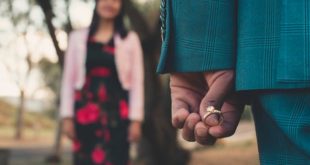
Half a millennium before Columbus’ calamitous 1492 arrival in the Caribbean, DNA from the Americas may have infiltrated the European genome by way of a woman brought to Iceland by Vikings. That’s the potential import of a widely-reported study that finds traces of a genetic variation seen among American Indian populations in four Icelandic lineages who likely share a common ancestor brought from North America before 1700. The variation, which occurs in mitochondrial DNA passed down only through the mother’s line, is one of several markers that was present with the founding populations of native North Americans arriving 14,000 years ago. The Icelandic version has drifted in ways that suggest it originated in an American Indian woman who lived around 1000 AD.
Erik the Red settled in Greenland around 982 AD during an exile from Iceland; he and his followers had ample contact with the ancestors of the Inuit people, whom they called Skraelings. But the genetic marker in question, versions of which are found throughout American Indian populations, is not found in the Inuit genome, making a visit paid by Erik’s son Leif to “Vinland” latter-day Newfoundland the likeliest source of the variation.
Historians and archaeologists have reacted to the finding with skepticism. Physical evidence of Native American visitors to Iceland is nonexistent; while Icelandic sagas recount Viking encounters with Skraelings, such mentions are both diffuse and disparaging. But as the genetic study makes clear, a single female ancestor from a Native American lineage would have sufficed to leave strains traceable to this day; evidence of a such lonely progenetrix easily could have eluded preservation in word and artifact.
Such was not the case with Pocahantas, the 17th-century Powhatan Indian woman whose tale was enshrined in the lore of England’s American colonies. Although the story of her rescue of Captain John Smith is likely apocryphal, the actual events of her life were even more astonishing than the myth. Held captive by English colonists, Pocahantas married the well-born Virginia tobacco grower John Rolphe in 1614. An Indian princess, Pocahantas died a few years later after a sojourn in England. Her husband and their son Thomas returned to Virginia, where Thomas became the paterfamilias of one of Virginia’s “first families.” First ladies Edith Wilson and Nancy Reagan, as well as astronomer and Martian-canals theorist Percival Lowell, are counted among Pocahantas’ descendants.
Unlike the Icelanders’ Indian ancestor, Pocahantas left abundant traces of her life in images and words (including her own). But she lived in a time when Europeans were fascinated with differences between themselves and the indigenous peoples they were busily expropriating, transfixed with notions of Noble Savages and the origins of social life. The Vikings, by contrast, practiced lifeways that were little different from the peoples they encountered in North America; in the sagas the skraelings were not exotic others, but indifferent hosts and bitter rivals. And yet unless the genome lies, they left their mark on the Vikings descendants nonetheless.
[via Archaeology Daily] Gearfuse Technology, Science, Culture & More
Gearfuse Technology, Science, Culture & More


